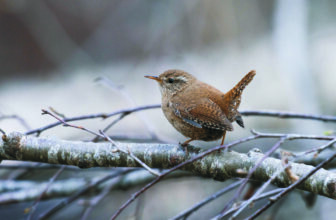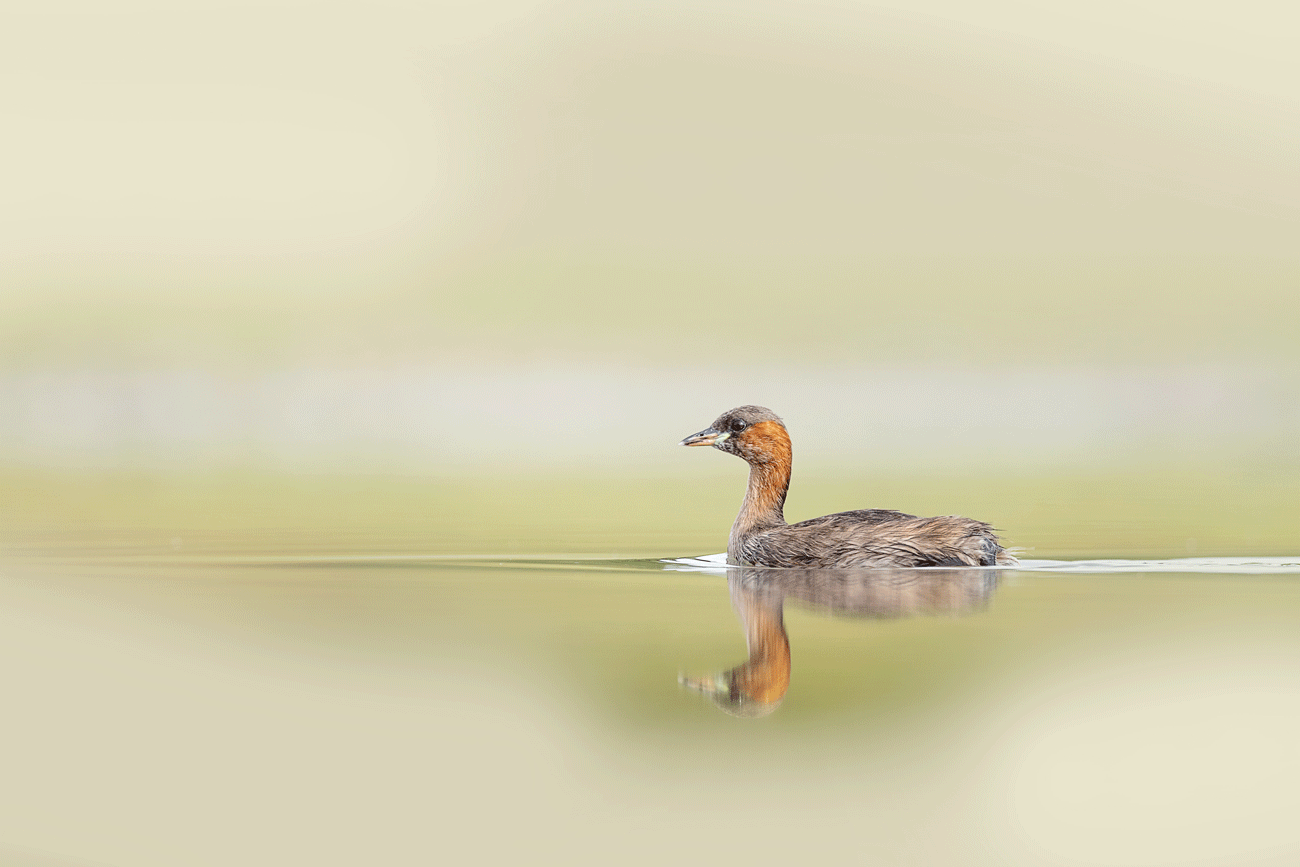
Gotcha!
The bird who arrives back from its winter coastal retreat is again with us just in time for April Fool’s day – all dressed up and ready to play the jester.
He acts like a feathered version of Queen’s Freddie Mercury, strutting across the stage in his production of ‘Now I’m here’ and dramatically appearing somewhere different each time the spotlight flashes on:
‘Look around around around around
But you won’t see me….
Now I’m here…(boom boom)
Now I’m there… (boom boom)’
Walk to the pond and you may hear this cheeky bundle of fluff already laughing when you are still some distance away.
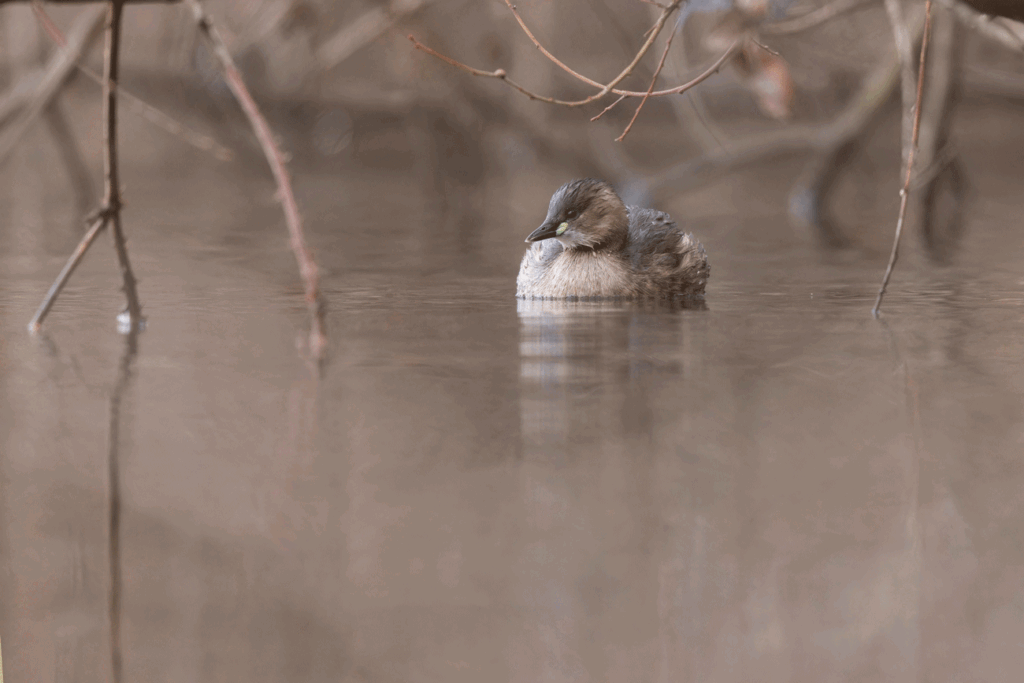
He’s ready to play the fool and to fool you. His high pitched, gradually descending shriek carries a long way – ‘hee-hee-hee-hee-hee-hee-hee-hee’. It goes on for around four seconds.
You can’t see him because he is invariably playing hide and seek. But he saw you straight away. As you scan the water surface it is as still as a flat mirror. Then you hear the call again, this time away to your left. But there is nothing there.
Eventually you are suddenly aware of a little blob on the water surface but before you get a chance to see him properly, hey presto, he fast disappears.
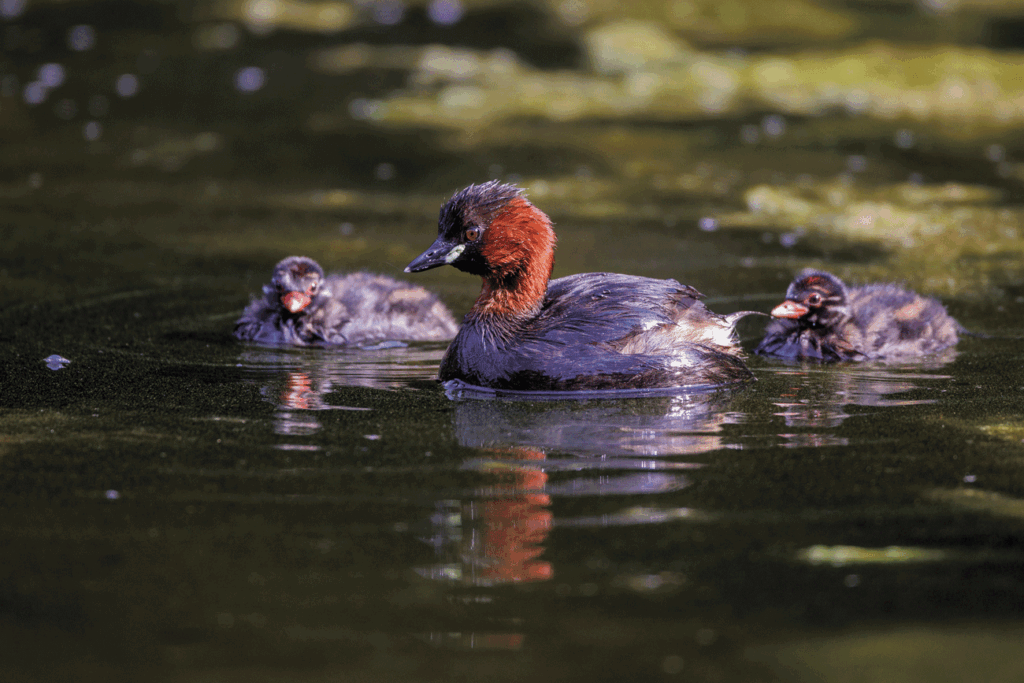
But it is hopeless keeping an eye on that spot for a re-appearance. The Little Grebe will likely bob up briefly 25 metres away and laugh all the way to the bank.
It is a long game of hide and seek and he will often be keeping a beady eye on you from the security of vegetation where he will stay almost entirely submerged.
The Little Grebe is about the size of a Blackbird in length but has no tail. If you didn’t know better you could easily mistake it for a duckling.
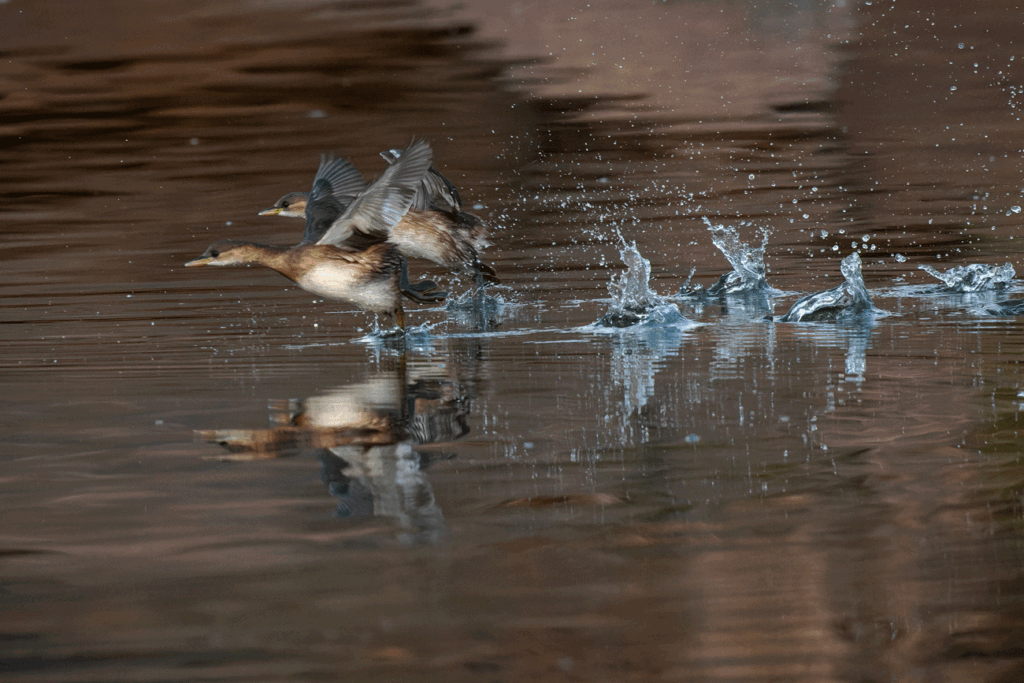
That’s probably why it has been commonly given the name Dabchick. But in various localities around our isles it has historically been known under a variety of aliases.
Many relate to the plop sound as its dives but its technique has also attracted less flattering nicknames, including a***foot.
The Little Grebe is a drab little bird in the winter with buffy, beige, black, brown, and white shades, and a dark cap.
In summer the joker’s head undergoes a magical transformation and the adults’ yellow/black bills turn black, the cheeky bits become a deep shiny chestnut, and the yellow in its now black bill slides up to the gape.
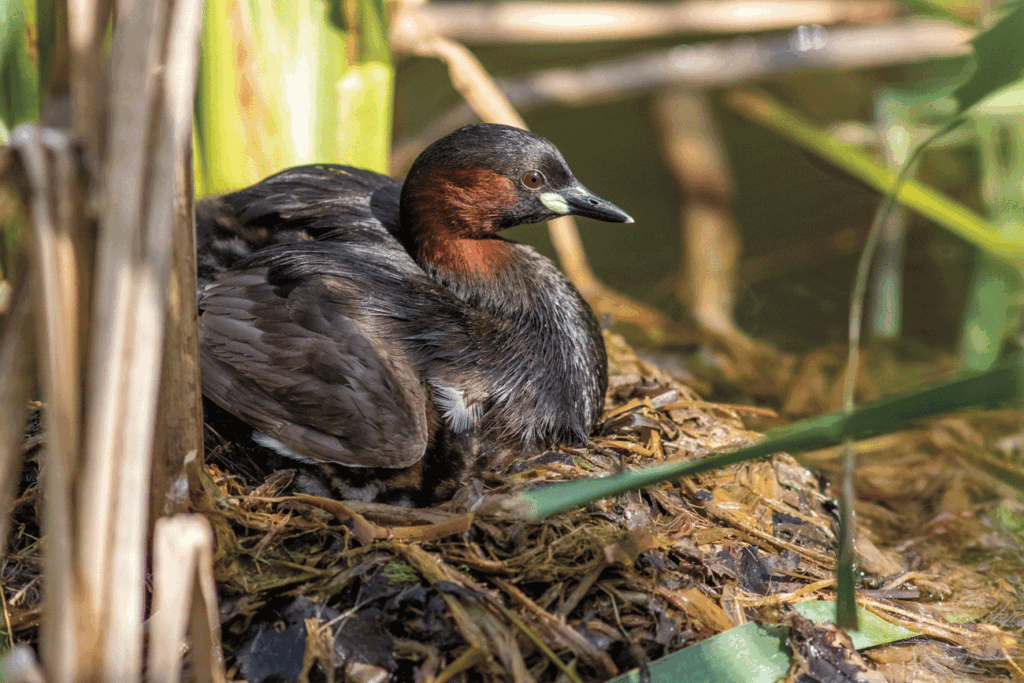
This species’ trickery extends to its chicks too. Some people have been fooled into thinking their black and white ‘dive faster’ stripes mean they must be a different kind of bird altogether.
Finding it swimming may be hard enough but very few observers have ever seen one fly, and then you can expect only a brief flutter.
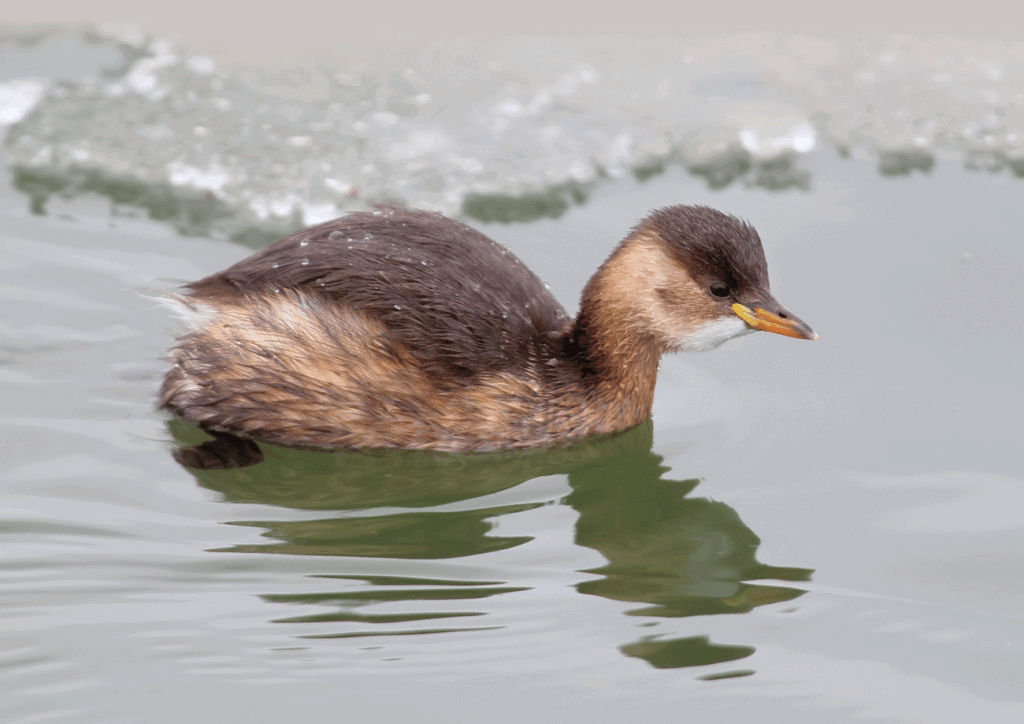
But this bird should not be underestimated. Ringing recoveries have shown it can fly long journeys including across the North Sea. At night of course, so it cannot be seen.
It inhabits various small pools in and around Cranleigh and although some hang on with us throughout the year it is easily missed.
I’ve encountered some folk who had no idea they hosted these secretive little birds in their large garden ponds until I excitedly pointed their presence out to them. No joking.



